Why Every Website Needs Automated Chatbots for Growth

Imagine a world where your website operates 24/7, always ready to engage visitors and address their inquiries. An automated chatbot for website use is turning this vision into reality, transforming the way businesses thrive online. By 2025, 95% of customer interactions will depend on AI, and companies leveraging chatbots are experiencing triple the sales conversions compared to traditional methods. Tools like Sobot's AI Chatbot enable you to provide instant, tailored support while saving up to 2.5 billion working hours worldwide. With 82% of customers favoring chatbots over waiting, integrating an automated chatbot for your website is no longer a choice—it's a necessity.
Understanding Automated Chatbots for Websites
What Are Automated Chatbots?
Definition and purpose
Automated chatbots are software applications designed to simulate human-like conversations with users. They use advanced algorithms to understand and respond to queries, making them an essential tool for modern websites. Their primary purpose is to automate repetitive tasks, provide instant responses, and enhance user engagement. By integrating an automated chatbot for website use, you can streamline customer interactions and improve overall efficiency.
Core functionalities like simulating human-like conversations
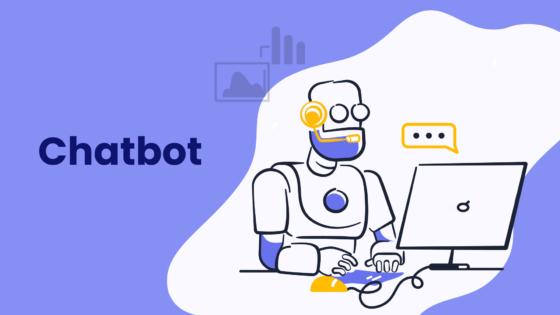
These chatbots excel at mimicking human conversations. They can answer questions, guide users through processes, and even recommend products. For example, Sobot's AI chatbots leverage a knowledge base to deliver accurate and instant replies. With features like multilingual support and omnichannel integration, they ensure seamless communication across platforms like WhatsApp and SMS.
The Role of AI in Chatbots
AI-powered natural language processing (NLP)
AI and chatbots rely heavily on natural language processing (NLP) to understand and interpret user input. NLP enables chatbots to grasp the context and intent behind a query, ensuring accurate responses. For instance, artificial intelligence chatbots can differentiate between a question about "returns" and one about "refunds," providing tailored answers. This capability enhances user satisfaction and reduces frustration.
Machine learning for continuous improvement
Machine learning allows AI chatbots to evolve over time. By analyzing past interactions, they identify patterns and improve their responses. Businesses using AI and chatbots have reported triple the sales conversions compared to traditional methods. This adaptability ensures that your chatbot remains relevant and effective, even as customer needs change.
Why Websites Need Chatbots in 2025
Meeting customer expectations for instant support
In 2025, customer expectations will demand instant support. Chatbots operate 24/7, answering questions about shipping, product availability, or policies without delay. Studies show that 62% of users prefer engaging with digital assistants over waiting for human agents. By adopting AI and chatbots, you can meet these expectations and keep visitors engaged.
Enhancing operational efficiency and reducing costs

Chatbots significantly reduce operational costs by handling repetitive queries. They also boost efficiency by freeing up human agents for complex tasks. For example, Sobot's AI chatbots save up to 50% on agent costs while improving productivity by 70%. This dual benefit makes them indispensable for businesses aiming to scale efficiently.
Did you know? Chatbots increase dwell time on websites, a key factor for SEO rankings. They also lower bounce rates by providing immediate assistance, ensuring visitors stay longer.
Key Benefits of AI Chatbots for Website Growth
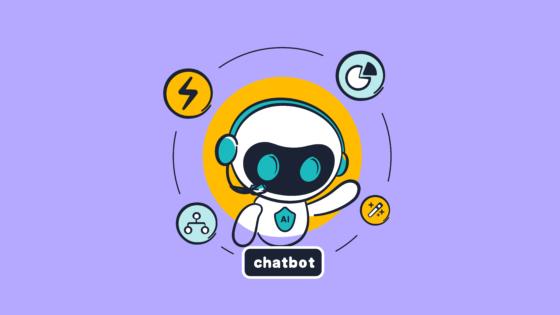
24/7 Availability and Cost Efficiency
Always-on customer support
AI chatbots ensure your website never sleeps. They provide round-the-clock assistance, answering questions and resolving issues instantly. Unlike human agents, chatbots don’t require breaks or holidays, making them a reliable solution for uninterrupted customer support. By 2024, chatbots are expected to save businesses up to 2.5 billion hours of work. This constant availability not only enhances user satisfaction but also keeps your business accessible to global audiences across different time zones.
Reducing reliance on human agents
Chatbots significantly reduce the need for large customer service teams. They handle repetitive queries, allowing human agents to focus on complex tasks. Businesses using AI and chatbots report up to 30% savings on customer support costs. For example, a retail company improved operational efficiency by 20% after implementing chatbots. This scalability ensures your business can grow without the need for substantial investments in manpower.
Enhanced User Experience
Instant responses and personalized interactions
AI chatbots excel at delivering instant responses, ensuring users don’t have to wait. They use conversational AI to understand queries and provide tailored solutions. For instance, Sobot’s AI chatbot leverages a knowledge base to offer accurate answers in seconds. This creates personalized experiences that make users feel valued. Studies show that chatbots can resolve 85% of queries without human intervention, improving the overall user experience.
Proactive engagement with visitors
Chatbots don’t just wait for users to ask questions—they initiate conversations. By analyzing user behavior, they recommend products, share promotions, or guide visitors through the website. An e-commerce retailer saw a 30% increase in sales through personalized product recommendations by chatbots. This proactive approach keeps users engaged and encourages them to explore more, boosting retention rates.
Driving Conversions and Retention
Capturing leads through smart self-service
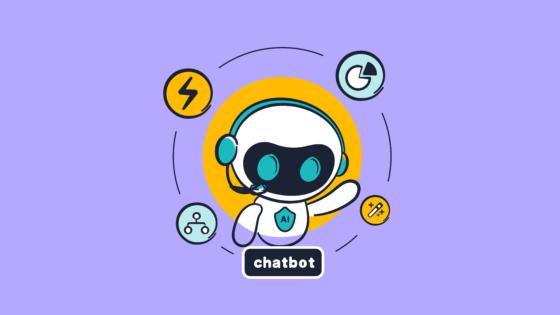
AI chatbots are powerful tools for lead generation. They collect user information during interactions, qualifying leads without human involvement. Conversational AI has achieved lead conversion rates exceeding 40% in some industries. Sobot’s chatbot, for example, uses smart self-service to guide users through the sales funnel, increasing conversions by 20%. This efficiency ensures you capture every opportunity to grow your business.
Building trust and loyalty with consistent support
Consistency is key to building trust. Chatbots provide reliable and accurate support, ensuring users always receive the help they need. This fosters loyalty and encourages repeat interactions. For instance, OPPO achieved a 57% increase in repurchase rates after implementing Sobot’s chatbot. By delivering user-centered experiences, chatbots strengthen relationships and drive long-term retention.
Tip: Use AI chatbots to reduce bounce rates and improve SEO rankings by keeping visitors engaged longer.
How Sobot's Chatbot Drives Business Success
Real-World Applications
Case study: OPPO's success with Sobot's chatbot
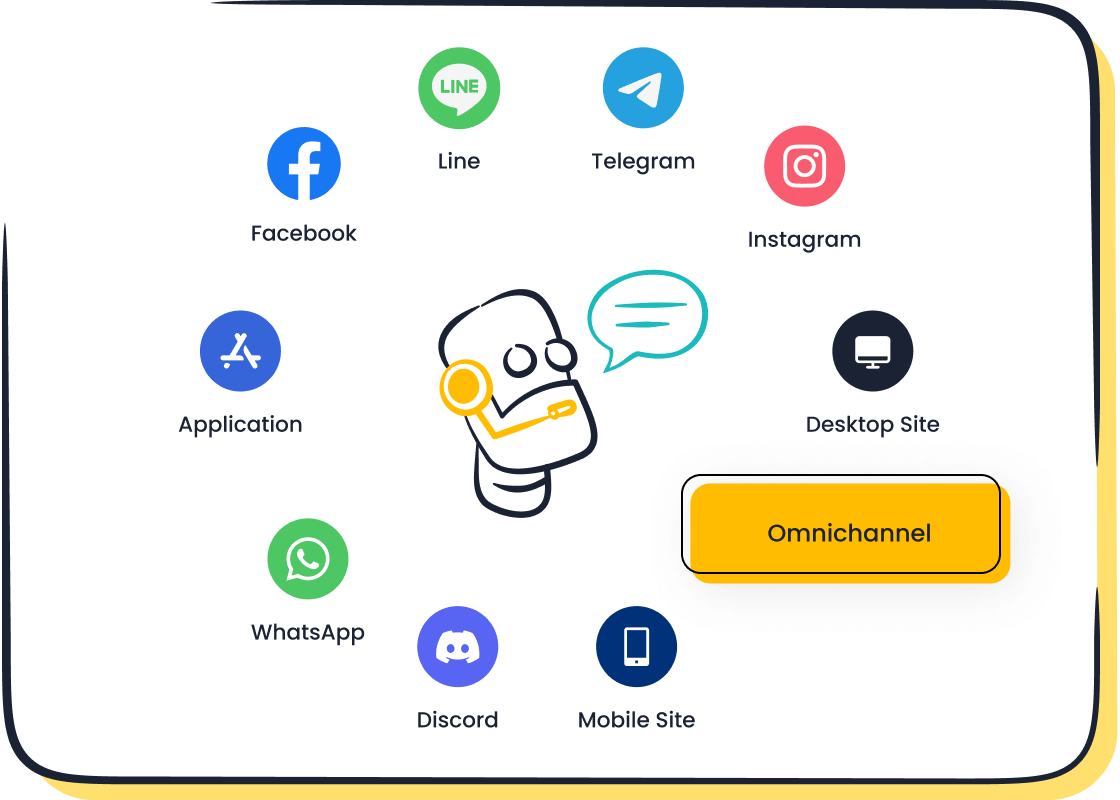
OPPO, a global leader in smart devices, transformed its customer service with Sobot's AI chatbot. During peak shopping periods, OPPO faced overwhelming customer inquiries. By deploying Sobot's chatbot, they automated repetitive queries, allowing human agents to focus on complex issues. This integration achieved an impressive 83% chatbot resolution rate and a 94% positive feedback rate, significantly boosting customer satisfaction. Additionally, OPPO optimized its knowledge base with Sobot's AI, reducing maintenance efforts by 90%. These advancements led to a 57% increase in repurchase rates, showcasing how Sobot's chatbot drives measurable business success.
Industry-specific solutions for retail, finance, and more
Sobot's AI chatbots cater to diverse industries, offering tailored solutions. In retail, they enhance customer engagement by providing instant product recommendations. In finance, they streamline support by answering account-related queries securely. For example, a retail company using Sobot's chatbot saw a 20% boost in sales conversions through proactive engagement. Whether you're in healthcare, gaming, or enterprise services, Sobot's chatbots adapt to your unique needs, ensuring seamless customer interactions and operational efficiency.
Unique Features of Sobot's AI Chatbot
Multilingual support and omnichannel integration
Sobot's AI chatbot stands out with its multilingual capabilities, enabling you to serve customers in their preferred language. This feature is crucial for businesses with a global audience. Additionally, its omnichannel integration ensures smooth communication across platforms like WhatsApp, SMS, and web chat. By unifying customer interactions, Sobot's chatbot enhances user experience and strengthens brand loyalty.
No-coding-required setup for easy deployment
You don't need technical expertise to deploy Sobot's chatbot. Its intuitive point-and-click interface allows you to design workflows effortlessly. This no-coding-required setup saves time and resources, making it accessible for businesses of all sizes. With Sobot, you can quickly implement a chatbot solution that delivers results without the hassle of complex configurations.
Proven Results
Boosting productivity and reducing costs
Sobot's AI chatbots improve productivity by 70% and reduce customer service costs by up to 50%. They handle repetitive tasks autonomously, freeing your team to focus on high-value activities. For instance, Telenor's chatbot achieved a 20% increase in customer satisfaction while cutting operational costs. These results demonstrate how Sobot's chatbots drive efficiency and cost savings.
Increasing customer satisfaction and repurchase rates
By providing instant, accurate support, Sobot's chatbots enhance customer satisfaction. They resolve 85% of queries without human intervention, ensuring consistent and reliable service. OPPO's success story highlights this impact, with a 94% positive feedback rate and a 57% rise in repurchase rates. With Sobot, you can build trust and foster long-term customer loyalty.
Did you know? The global chatbot market is projected to grow from $2.6 billion in 2019 to $9.4 billion by 2024, reflecting the increasing demand for AI-powered solutions.
Advanced Features and Trends in AI Chatbots
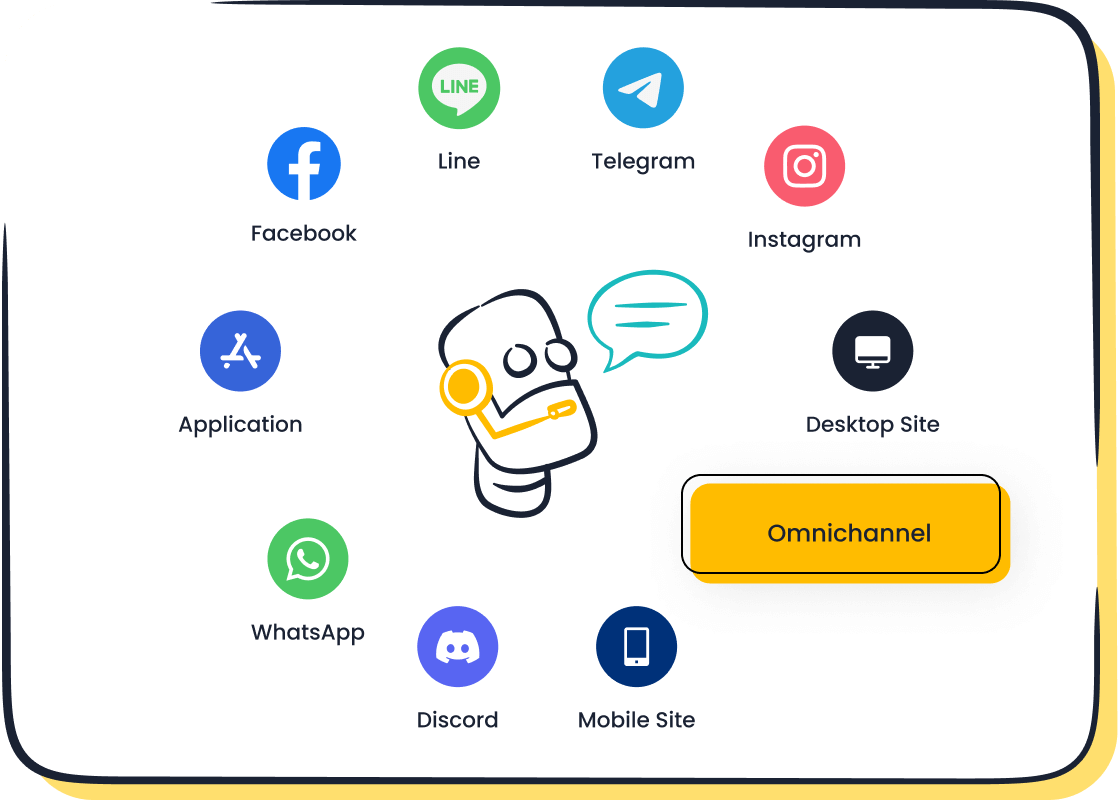
Hyper-Personalization
Tailoring responses based on user behavior
Hyper-personalization is transforming websites by delivering tailored experiences based on user behavior. AI and chatbots analyze browsing patterns, purchase history, and preferences to craft responses that resonate with individual users. For instance, predictive analytics anticipates customer needs, enabling chatbots to recommend products or services proactively. This approach not only enhances engagement but also fosters a sense of being understood, which builds trust and loyalty. Businesses leveraging hyper-personalization have reported significant boosts in user satisfaction and conversion rates.
Leveraging data for customized experiences
AI chatbots excel at using data to create customized interactions. By integrating with customer databases, they align their responses with specific interests and behaviors. Conversational AI ensures that every interaction feels unique, whether it’s suggesting a product or resolving an issue. For example, companies using hyper-personalized chatbots have seen a 20% increase in customer retention. This trend highlights the importance of advanced chatbots in delivering meaningful and impactful user experiences.
Sentiment Analysis and Emotional Intelligence
Understanding user emotions for empathetic communication
Sentiment analysis enables chatbots to detect and respond to user emotions, making interactions more empathetic. AI and chatbots equipped with this feature can identify frustration, happiness, or confusion in real-time. For example, businesses using emotionally intelligent chatbots have reported a 25% increase in customer satisfaction scores. By addressing emotions effectively, these advanced chatbots resolve issues faster and leave users feeling valued.
Enhancing satisfaction through adaptive responses
Emotionally intelligent chatbots adapt their tone and responses based on user sentiment. This adaptability enhances satisfaction by ensuring that users receive the right level of support. For instance, chatbots that detect frustration might escalate the query to a human agent immediately. Companies implementing sentiment analysis have seen a 20% reduction in customer churn, proving its effectiveness in retaining customers and improving overall service quality.
Seamless Integrations
Connecting with CRM, e-commerce, and marketing tools
Seamless integrations are key to transforming websites into efficient customer interaction hubs. AI chatbots connect with CRM systems, e-commerce platforms, and marketing tools to provide a unified experience. For example, H&M’s chatbot integration led to a 30% increase in engagement and a 15% boost in conversion rates. These integrations streamline workflows, ensuring that customer data flows effortlessly across systems for better decision-making.
Streamlining workflows for better efficiency
Advanced chatbots simplify operations by automating repetitive tasks and synchronizing data across platforms. This efficiency saves time and resources while improving accuracy. Businesses using integrated chatbots report up to a 70% conversion rate in specific industries. By connecting with tools like CRM and marketing software, chatbots ensure that your team focuses on high-value activities, driving growth and customer satisfaction.
Did you know? The global chatbot market is projected to reach $454.8 million by 2027, reflecting the growing demand for AI-powered solutions.
Implementing Automated Chatbots Effectively
Choosing the Right Chatbot Platform
Evaluating features and scalability

Selecting the right chatbot platform is crucial for successful automation. Start by identifying your chatbot's primary purpose. Will it handle customer inquiries, assist with sales, or provide real-time problem-solving? Next, evaluate the platform's scalability. As your business grows, your chatbot must handle increasing interactions without compromising performance. Look for features like multilingual support, seamless integration with CRM systems, and advanced AI capabilities such as natural language processing (NLP). Platforms like Sobot’s AI Chatbot excel in these areas, offering real-time chat and automation that adapts to your needs.
Considering Sobot's AI Chatbot for tailored solutions
Sobot’s AI Chatbot provides tailored solutions for businesses of all sizes. Its no-coding-required setup ensures quick deployment, while its omnichannel integration connects with platforms like WhatsApp and SMS. This chatbot enhances customer interactions by delivering instant, accurate responses. With multilingual support and advanced analytics, Sobot helps you track performance and optimize service delivery. By choosing Sobot, you gain a scalable, efficient solution designed to grow with your business.
Optimizing Chatbot Performance
Regular updates and monitoring user feedback
To keep your chatbot effective, regular updates are essential. Monitor user feedback to identify areas for improvement. For example, if users frequently ask similar questions, update your chatbot’s knowledge base to address these queries proactively. Analytics tools can help track metrics like satisfaction rates and bounce rates. Sobot’s AI Chatbot simplifies this process with built-in reporting features, ensuring your automation stays relevant and efficient.
Training AI models for accuracy and relevance
AI and chatbots thrive on continuous learning. Train your chatbot using historical data to improve its accuracy. Machine learning models can analyze past interactions to refine responses. For instance, businesses implementing AI and chatbots have reported higher conversion rates due to improved relevance. Regular training ensures your chatbot adapts to changing customer needs, delivering consistent and reliable service.
Deployment Best Practices
Testing interactions before launch
Thorough testing is a critical step in deploying customer service bots. Conduct functional testing to verify that your chatbot understands user inputs and provides accurate responses. Usability testing ensures a smooth interaction flow. For example, Coca-Cola’s chatbot underwent rigorous regression testing to guarantee performance across platforms. Testing interactions before launch minimizes errors and enhances user satisfaction.
Educating teams on chatbot capabilities
Your team plays a vital role in maximizing the benefits of automation. Educate them on your chatbot’s capabilities and limitations. Define roles clearly, outlining when to escalate issues to human agents. Use insights from chatbot interactions to train your team, improving overall service quality. This collaboration ensures seamless integration between human agents and chatbots, enhancing customer experiences.
Pro Tip: Regularly analyze chatbot performance metrics like goal completion rates and satisfaction scores to identify opportunities for improvement.
Automated chatbots have become indispensable for website growth in 2025. They enhance customer engagement by providing instant, personalized support and streamlining operations. With 87.2% of consumers rating bot interactions positively and businesses reporting a 67% increase in sales, chatbots are transforming engagement strategies. Sobot's AI Chatbot exemplifies this innovation, offering scalable solutions that boost productivity and drive conversions.
| Statistic | Value |
|---|---|
| Percentage of businesses with faster complaint resolution due to bots | 90% |
| Conversion rates achieved by chatbots in specific industries | Up to 70% |
| Percentage of consumers rating bot interactions as neutral or positive | 87.2% |
Now is the time to integrate AI chatbots into your strategy to stay ahead in a competitive market.
FAQ
What is the primary purpose of AI chatbots?
AI chatbots aim to automate interactions, providing instant responses to users. They handle repetitive queries, guide users through processes, and enhance engagement. For example, Sobot’s chatbot improves productivity by 70%, ensuring users receive accurate support while businesses save costs.
How do chatbots improve user satisfaction?
Chatbots deliver instant, personalized responses, ensuring users feel valued. They operate 24/7, resolving 85% of queries without human intervention. For instance, OPPO’s chatbot achieved a 94% positive feedback rate, proving how chatbots enhance user satisfaction and loyalty.
Can chatbots handle multiple languages?
Yes, advanced chatbots like Sobot’s support multiple languages. This feature allows you to serve users globally in their preferred language. Multilingual capabilities ensure seamless communication, making your business accessible to diverse audiences.
Are chatbots suitable for small businesses?
Absolutely! Chatbots are scalable and cost-effective, making them ideal for businesses of all sizes. Sobot’s no-coding-required chatbot ensures easy deployment, helping small businesses engage users efficiently without significant investments in manpower.
How do chatbots collect and use data?
Chatbots gather data during interactions, such as user preferences and behavior. This data helps personalize responses and improve services. For example, predictive analytics enables chatbots to recommend products, boosting conversions and ensuring users receive tailored experiences.
See Also
Steps to Build an Effective Chatbot for Your Site
Key Advantages of Using Chatbots on Your Website
Simple Ways to Develop a Chatbot for Your Site